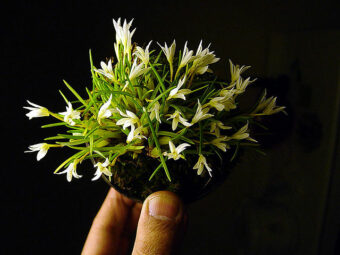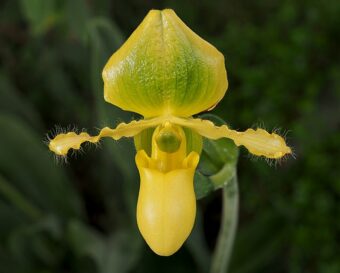In this article, we will discover how you can glue mount small orchids to an attractive mound. In a previous article, we discovered how to mount an orchid to give a hanging display, but in this article, a different method is shown that uses a slightly different approach to how you can have a beautiful orchid display without spending too much.
Many orchids that you found in shops are epiphytes and climbers and can be used for this task. Plants that belong to the Maxillaria family. These plants also have long rhizomes, as do Bulbophyllums, Brassavolas and Brazilian Miltonias. These …










